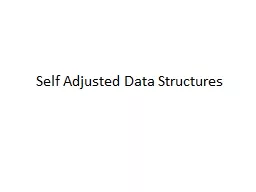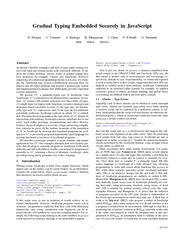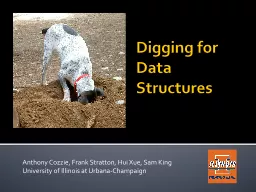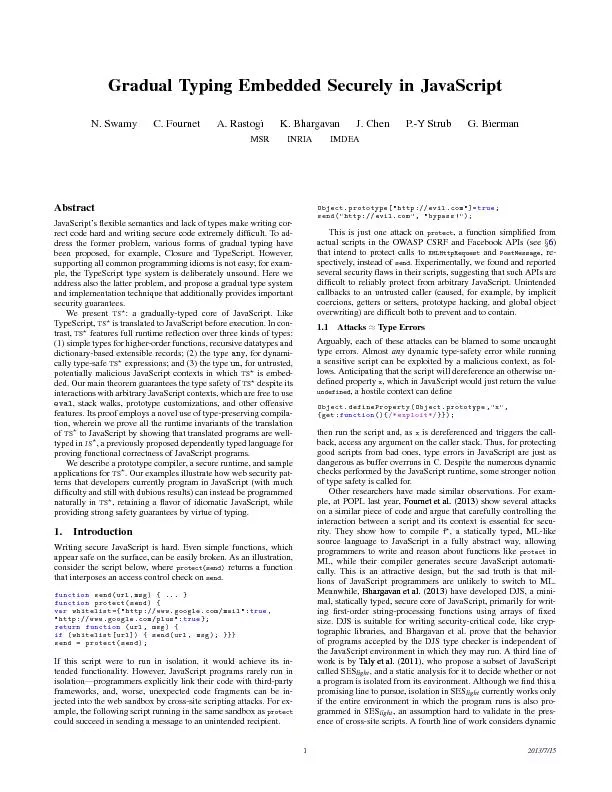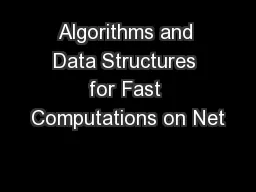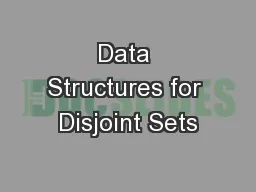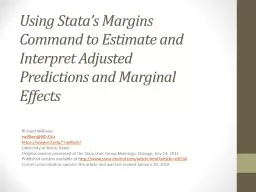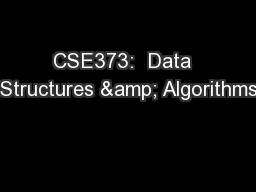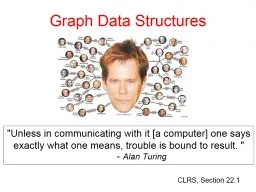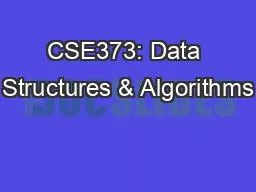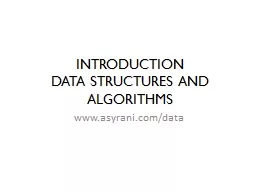PPT-Self Adjusted Data Structures
Author : danika-pritchard | Published Date : 2017-06-19
Selfadjusting Structures Consider the following AVL Tree 44 17 78 32 50 88 48 62 Selfadjusting Structures Consider the following AVL Tree 44 17 78 32 50 88 48 62
Presentation Embed Code
Download Presentation
Download Presentation The PPT/PDF document "Self Adjusted Data Structures" is the property of its rightful owner. Permission is granted to download and print the materials on this website for personal, non-commercial use only, and to display it on your personal computer provided you do not modify the materials and that you retain all copyright notices contained in the materials. By downloading content from our website, you accept the terms of this agreement.
Self Adjusted Data Structures: Transcript
Download Rules Of Document
"Self Adjusted Data Structures"The content belongs to its owner. You may download and print it for personal use, without modification, and keep all copyright notices. By downloading, you agree to these terms.
Related Documents

